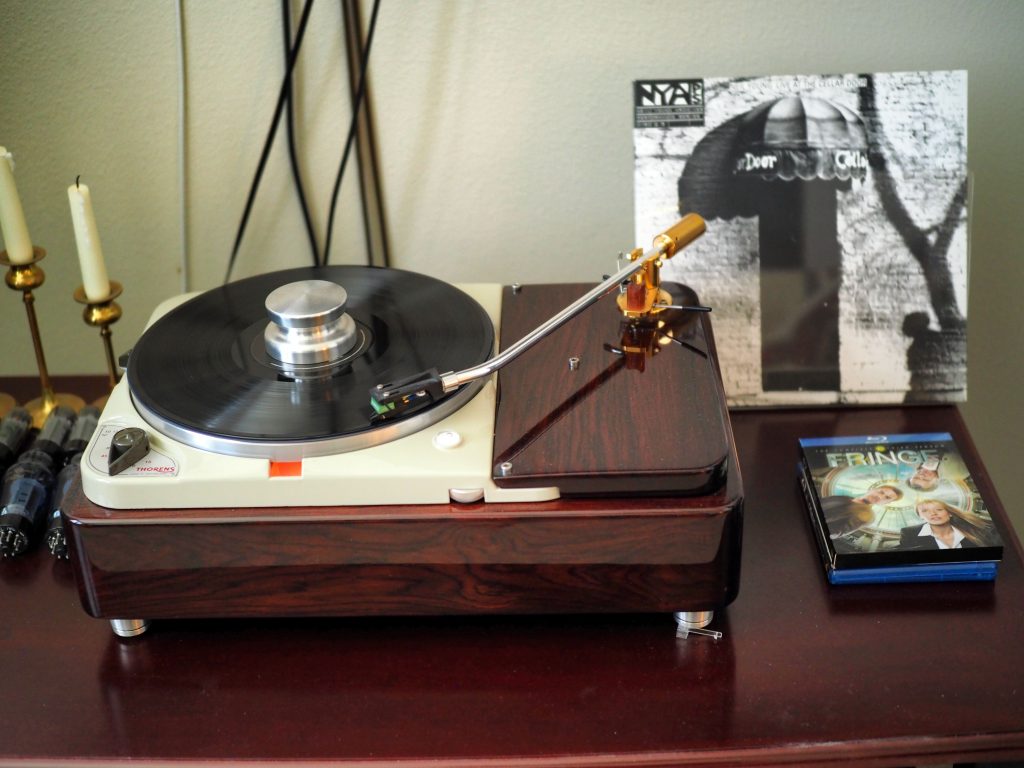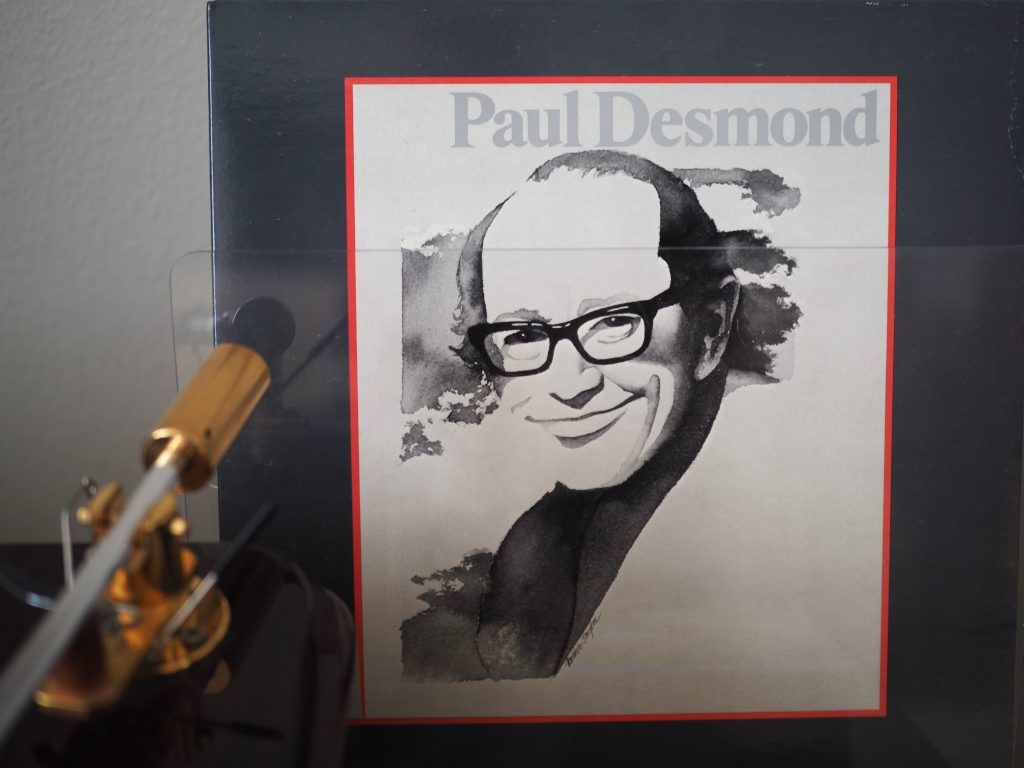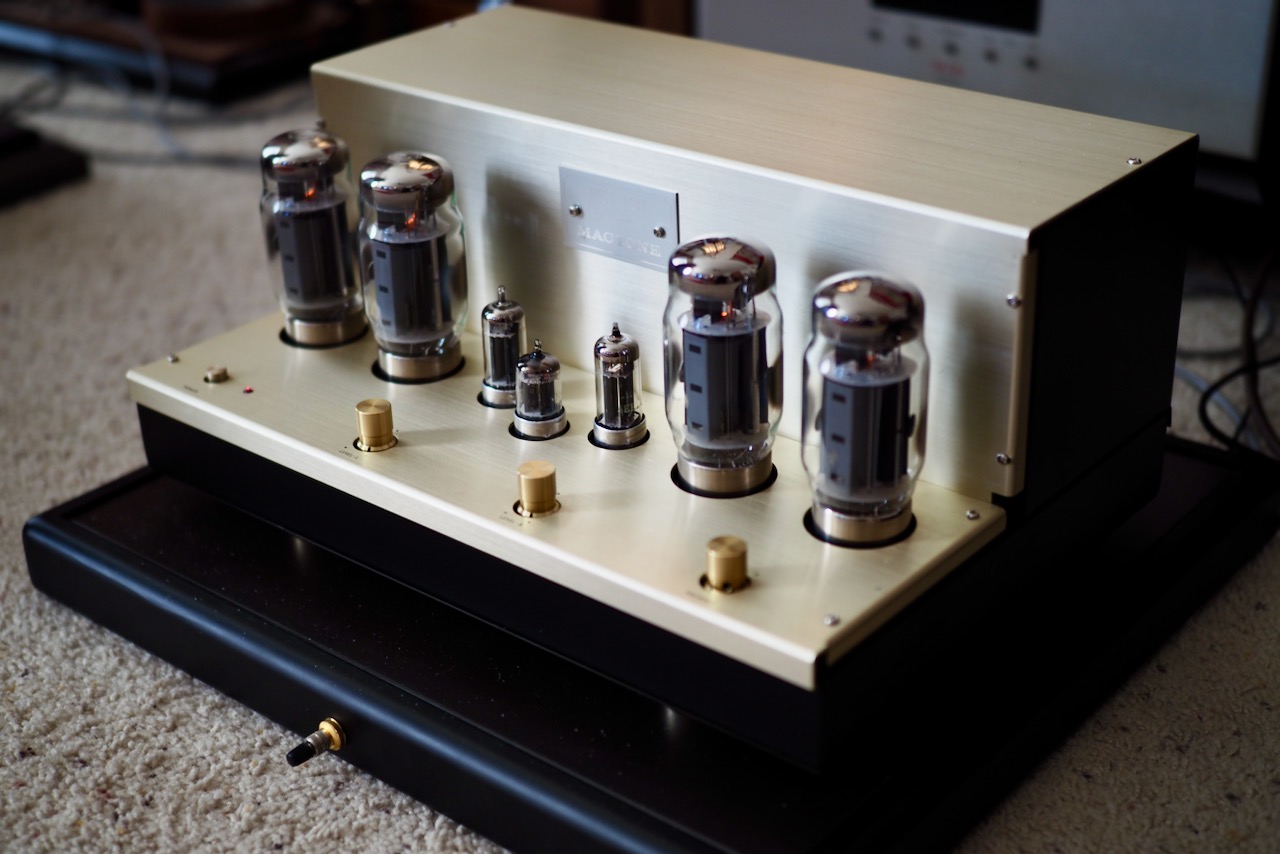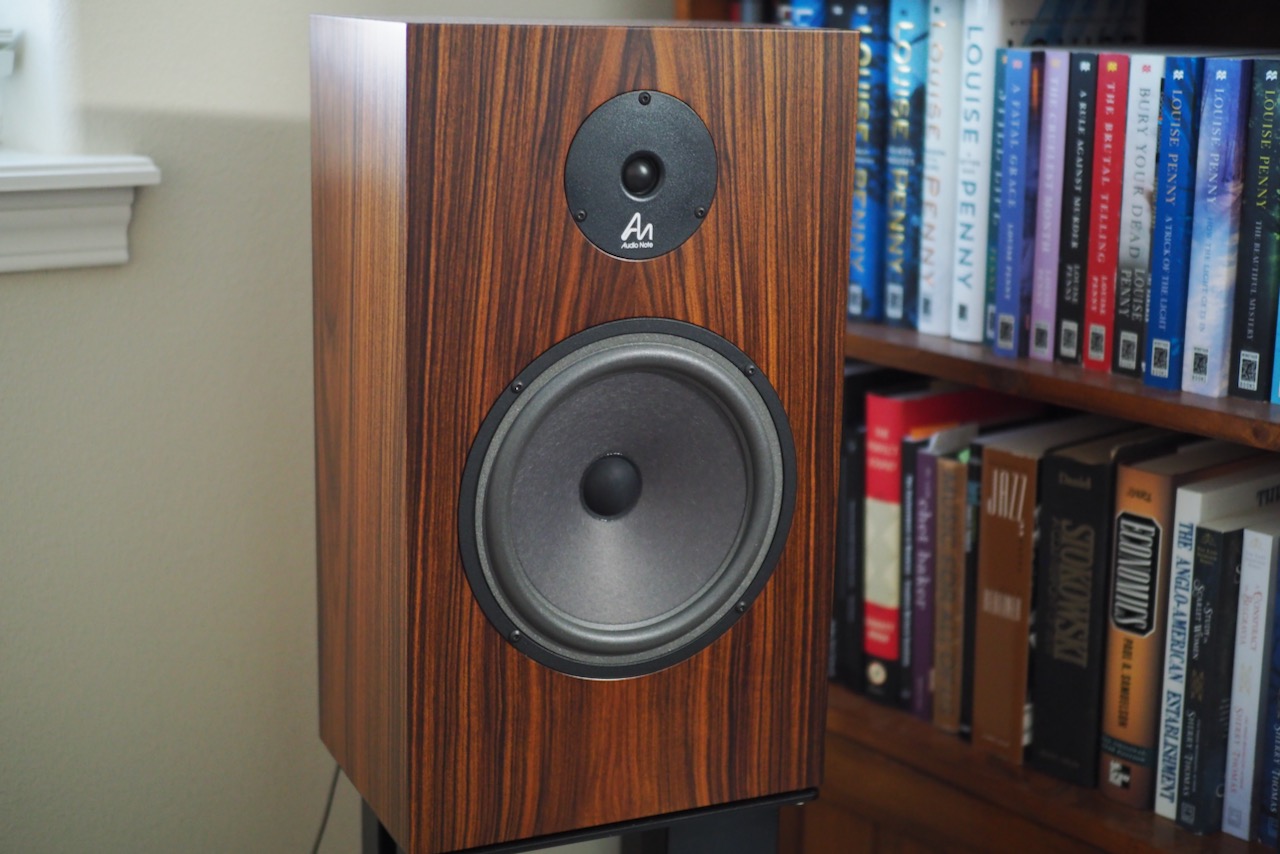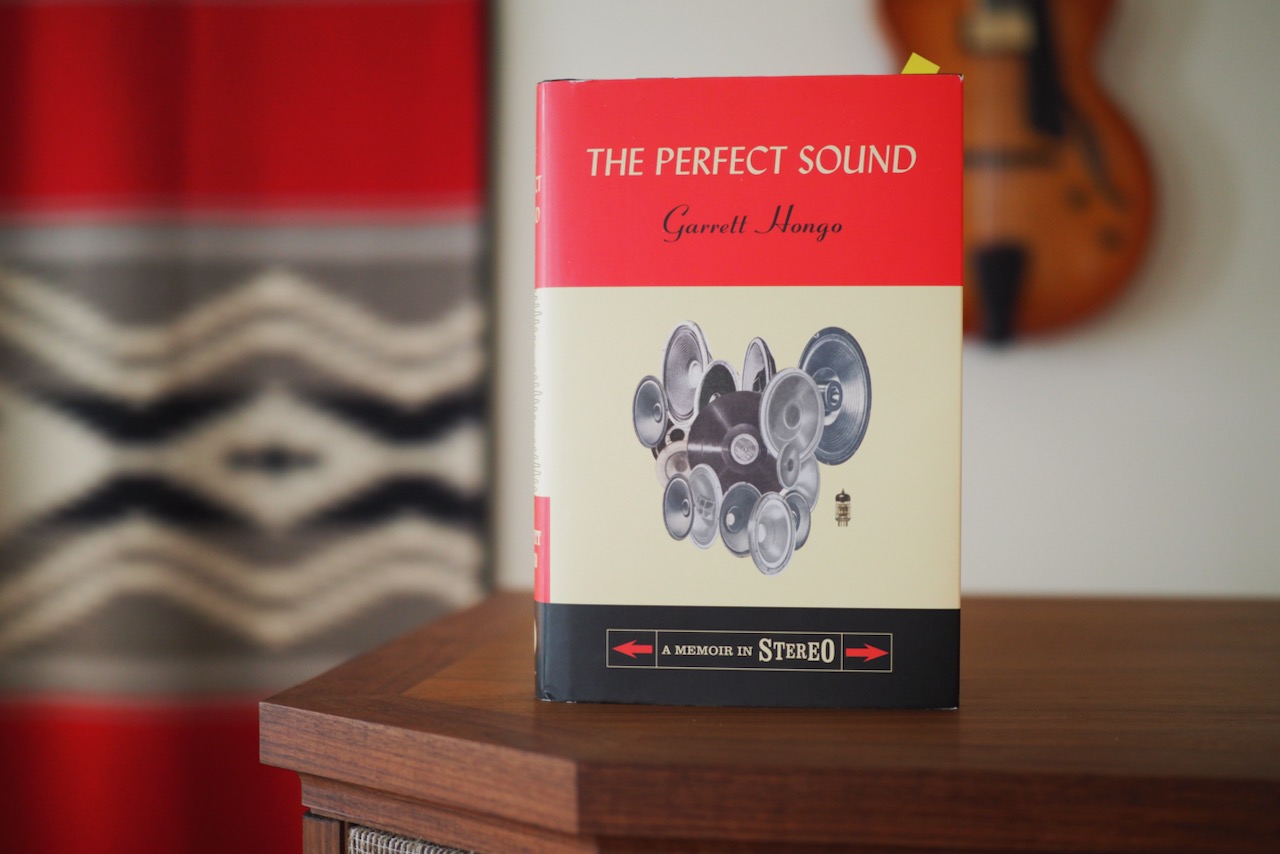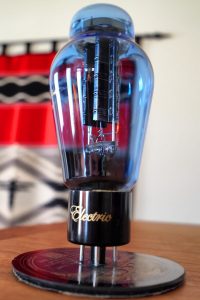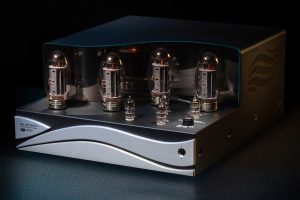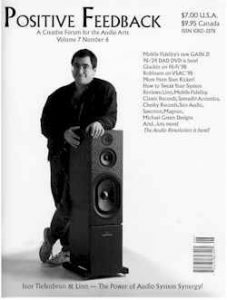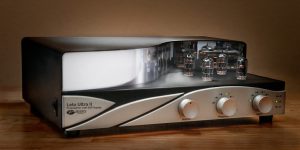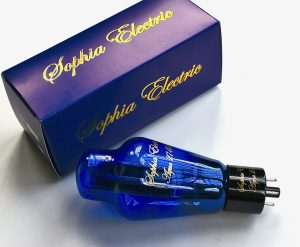This is a solo Neil Young album, with Neil alone on stage, located in the middle of the recording's soundstage. The imaging is vivid, with a lot of body and presence, which makes the music exciting to listen to. Even though this is a solo performance, when the audience applauds, the applause erupts across a wide and deep soundstage in an impressively immersive fashion.
The Sophia Electric KT88-STs in the Leben CS-600X made for a very compelling blend of musicality and visuospatial performance on Live At The Cellar Door, that once heard I found to be rather addicting.
The album Paul Desmond, recorded live in October of 1975 at the jazz club, Bourbon Street, in Toronto, Canada, is a beautifully recorded live album, and it also features the great Canadian jazz guitarist, Ed Bickert, one of my favorite jazz guitarists.
One of the remarkable things about Ed Bickert, aside from his fantastic jazz guitar playing, is that he played a Fender Telecaster fitted with Gibson humbucker pickup in the neck position, which if you mistook for a classic archtop jazz guitar like a Gibson L-5 on this album, you could easily be forgiven for the mistake, because Ed's tone is so beautiful on that Tele.
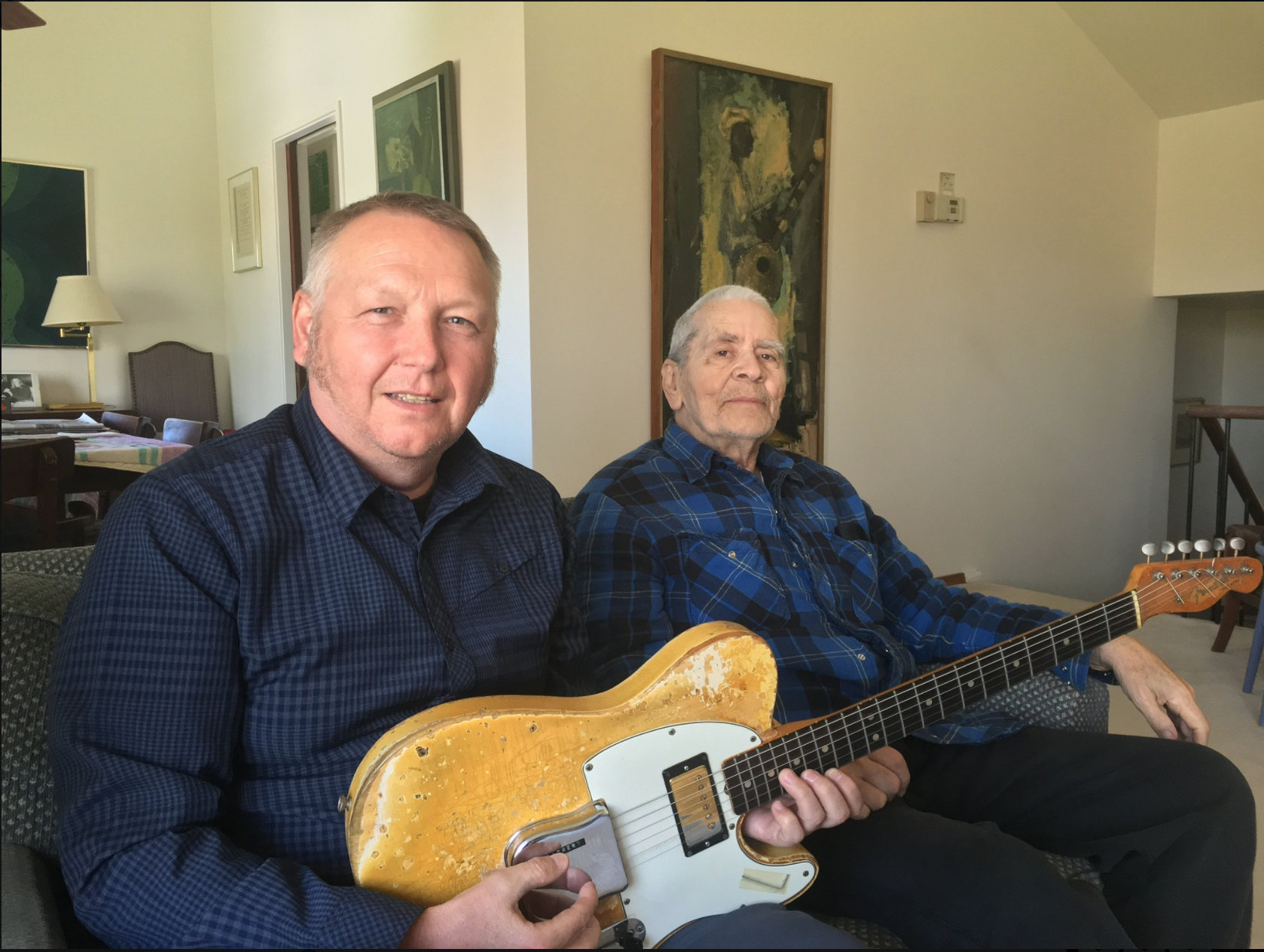
Photo courtesy of Roman Pokorny (left), with Ed Bickert (right). Roman is holding Ed's famous Telecaster.
I was so enamored of Ed Bickert's playing that I built a near-replica of his 1964 Telecaster, based on a Fender American Vintage '64 Telecaster that I bought, that belonged to musician Ray LaMontagne.
I had luthier Mike Terry install a Gibson '57 Classic pickup into the neck position of the Tele, and I installed a Lollar electronics package that utilized tinned-copper pushback wire for connections, along with reproduction Sprague Bumblebee paper-in-oil tone caps, for that gorgeous vintage tone.
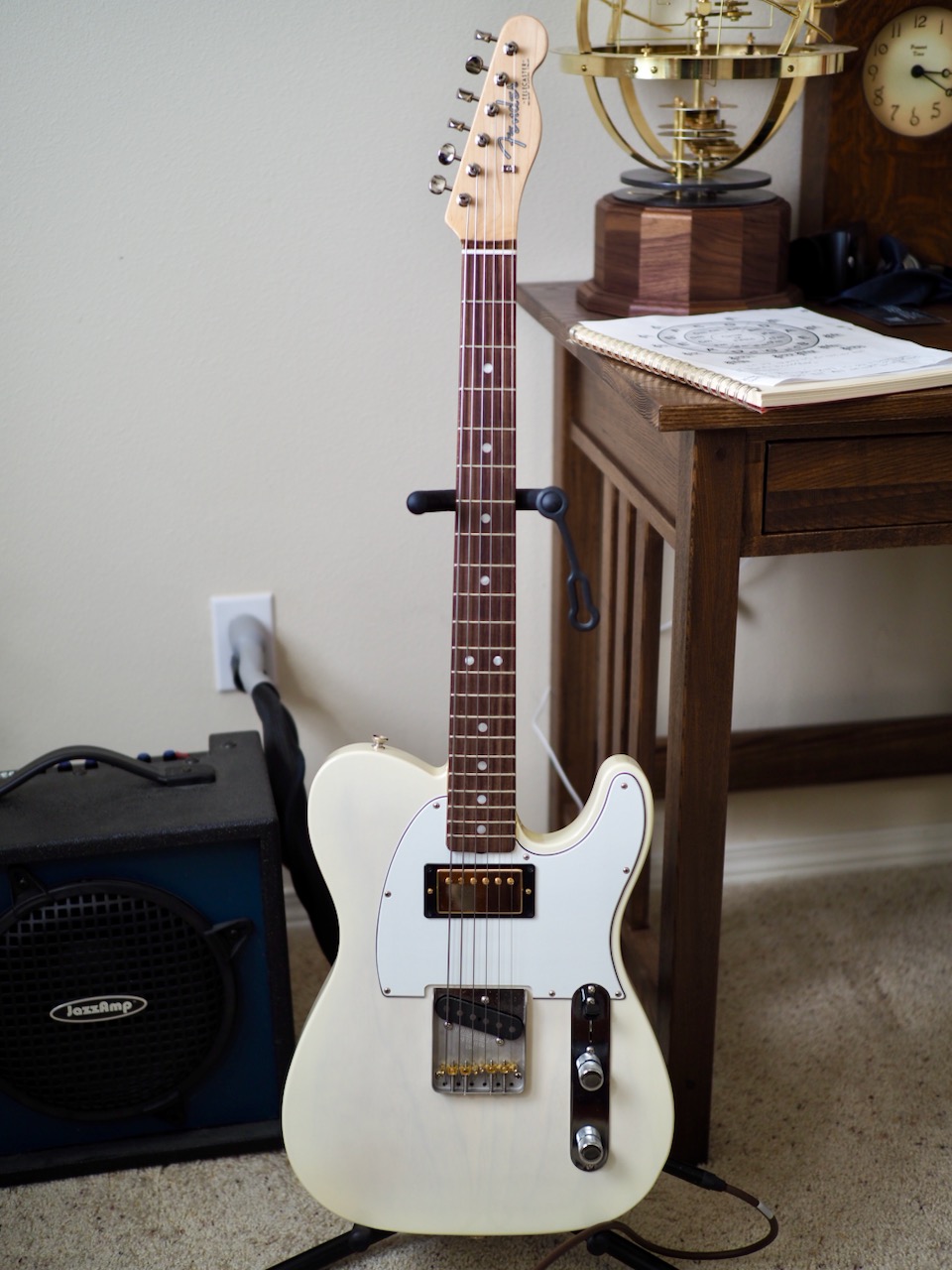
Tonally, my Ed Bickert replica Tele comes pretty close to Ed's Tele on Paul Desmond, so listening to the album is a real treat for me, and a nice reality check on timbre. If only my playing was as wonderful as Ed's, but as Mick Jagger sings, "You can't always get what you want."
Well anyways, back to the performance of the Sophia Electric KT88-STs in the Leben CS-600X, and how they performed on the Paul Desmond LP.
First of all, I was extremely impressed with the live-like tonal beauty and timbral realism of the instruments, that the Sophia Electric KT88-STs brought to the album: Paul Desmond's alto saxophone, Ed Bickert's Telecaster, Don Thompson's bass, and Jerry Fuller's drums.
Again, the dynamic sophistication of the Sophia Electric KT88-STs was immediately evident in Paul Desmond's alto saxophone melodies, and Ed Bickert's Telecaster chord melody lines.
Also, this recording has superb imaging, a wide and deep soundstage, that plays to the 300B-like visuospatial strengths of the Sophia Electric KT88-STs, making for an impressive listening experience in audiophile-style visuospatial terms, as well as from a musicality perspective (i.e. sounding believably like live music).
The Sophia Electric KT88-STs in the Leben CS-600X allowed me to be immersed in, and experience the live-like emotional impact of this album, which is just where I want to be when listening to albums.
Summary and Conclusions
While I've listened to a multitude of albums and films with the Sophia Electric KT88-ST and EL34-ST vacuum tubes in the Leben CS-600 and CS-600X prior to writing this article, I've only used a few examples in the 'Listening Impressions' section of this article to try and keep it as succinct as possible so it is not too tedious for you to read.
It's not really feasible to refer to all of the albums and movies I listened to, or watched, for describing the audio performance of these high-performance Sophia Electric vacuum tubes, so let me condense those impressions for you now into summaries, that I think will be more meaningful for you.
According to what I consider to be the important aspects of audio performance, in terms of reproduction of audio for music and film sources, in my opinion the Sophia Electric EL34-ST and the KT88-ST represent performance apogees for those families of vacuum tubes, both from a musicality perspective, and with respect to audiophile-style visuospatial performance.
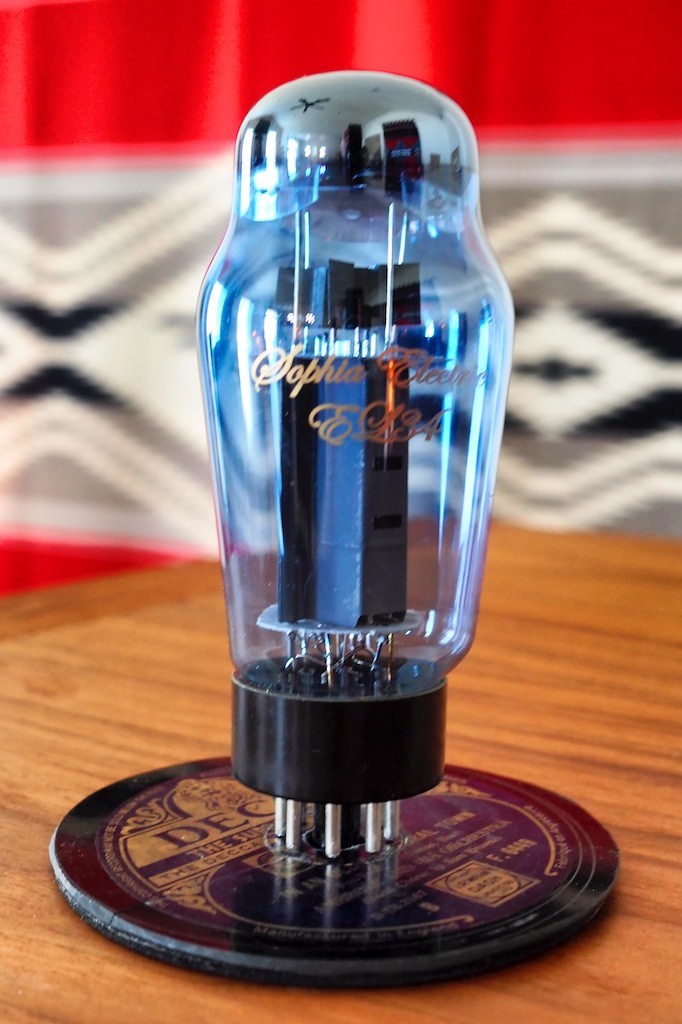
For both the Sophia Electric EL34-ST (above) and KT88-ST (below) vacuum tubes, Richard has started with the basic electrical design parameters of classic EL34 and KT88 vacuum tubes, and then improved upon them considerably with thoughtful applications of current materials science, as well as applying lessons from the past like light shielding to reduce noise via blue-tinted glass, and by incorporating the ST bottle shape that contributes to the gorgeous sound of the triode tubes used in directly-heated single-ended-triode amplifiers.

By using these techniques, Richard has developed unique high-performance KT88-ST and EL34-ST vacuum tubes that have the incorporated the best qualities of both classic and contemporary design pathways.
Richard greatly admires the performance of triodes like the 300B, and his goal was to incorporate more of a 300B-like triode voicing into his KT88-ST and EL34-ST vacuum tubes, and he has certainly succeeded in that goal.
I've enjoyed single-ended-triode amplifiers based on 45, 2A3, 300B, and 845 tubes over the years, and while they all have their own unique performance attributes, they also share some common attributes in performance as well.
For example, those triodes can provide a deeper glimpse into the nuance of recorded media in terms of resolution, provide an almost holographic presentation of auditory images on the soundstage, as well as provide a voluminous sense of recorded acoustic space that many listeners crave, and they do it while sounding very musically natural and emotionally engaging.
Those triode traits have been successfully incorporated into the Sophia Electric KT88-ST and EL34-ST vacuum tubes by Richard, and they easily outperform the other KT88 and EL34 vacuum tubes I have listened to over the years.
The Sophia Electric EL34-ST vacuum tubes remind me of a cross between 45 and 2A3 triodes in terms of voicing, with a smooth, more brightly lit, nuanced, voluminous presentation of audio from music and film sources, and they are at a level above any EL34 vacuum tubes I have heard with respect to overall musicality and visuospatial performance.
The Sophia Electric KT88-ST does remind me of the voicing of a classic 300B vacuum tube, with a smooth, rich, nuanced, and voluminous presentation of music and film. The KT88-ST is darker overall than the EL34-ST, and at the same time more vivid in imaging terms.
Both the Sophia Electric KT88-ST and EL34-ST vacuum tubes shared a common trait in my audio-visual system, which is that they both produced a "bubble of acoustic immersion" that placed me into movies in a way that I felt like I was participating in the unfolding events, rather than just merely watching them, as with typical KT88 or EL34 vacuum tubes.
Regarding amplifiers, if you are the owner of an original Leben CS-600, I think the Sophia Electric EL34-ST was the best match for the CS-600's voicing. The new Leben CS-600X is considerably different in its voicing, and I found the Sophia Electric KT88-ST to be the best match for the CS-600X.
In both cases, the Sophia Electric vacuum tubes elevated the performance of the Leben integrated amplifiers beyond anything I have ever experienced from them with more typical EL34 and KT88 vacuum tubes, both in terms of musicality and visuospatial performance, and it is safe to say that the performance of these two integrated amplifiers was much higher than I thought possible when the Sophia Electric vacuum tubes were installed into their circuits.
To broaden the scope a bit to other amplifiers that don't allow for multiple choices of output tubes in their circuits like the Leben amps do, I suspect that if you have a dedicated EL34 or KT88 based amplifiers, that you will realize similar performance gains with the Sophia Electric KT88-ST and EL34-ST vacuum tubes in their circuits.
Both the Sophia Electric KT88-ST and EL34-ST vacuum tubes are easy recommendations for their stellar performance in terms of musicality, as well as their impressive visuospatial performance.
The Sophia Electric KT88-ST and EL34-ST vacuum tubes are quite a bit more expensive than more generic KT88 and EL34 vacuum tubes, but they are a classic case of you get what you pay for, in terms of musicality and visuospatial performance.
With the long operational life of the Sophia Electric KT88-ST and EL34-ST vacuum tubes in comparison to more generic vacuum tubes, the higher cost of the initial purchase will be offset somewhat over time, as more generic tubes will likely need replacing several times during that same amount of time, making the more expensive initial costs of the Sophia Electric vacuum tubes cost effective over the long term.
I would like to thank Richard and Sue for providing the Sophia Electric KT88-ST and EL34-ST vacuum tubes for this article—thank you!
Sophia Electric
703.992.8546
As always, thanks for stopping by to read my audio articles here at Positive Feedback, and may the tone be with you!




